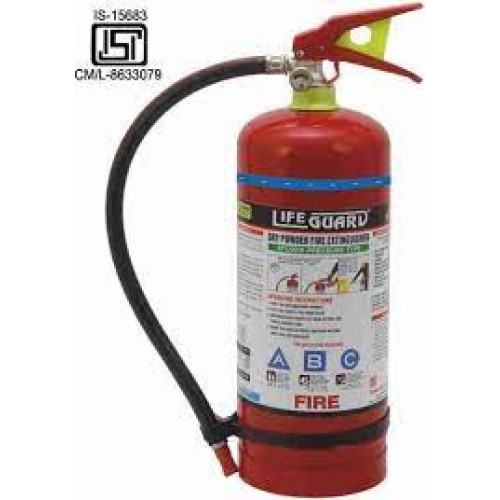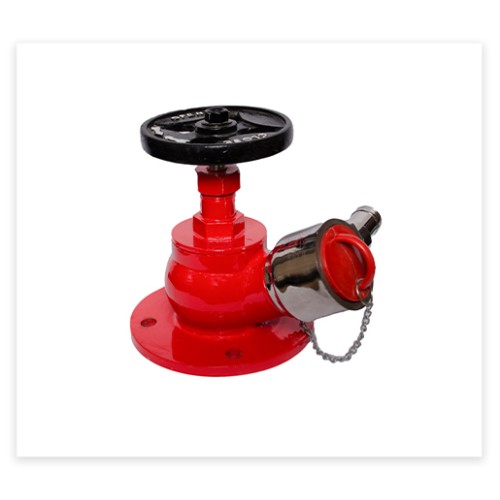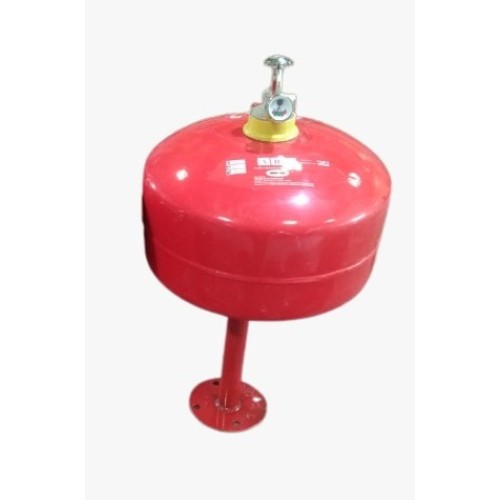The Lifeguard 4kg Clean Agent Fire Extinguisher is designed for use in environments where sensitive equipment or materials need to be protected from fire without causing damage or residue. Here’s a breakdown of its key features and uses: Key Features of a 4kg Clean Agent Fire Extinguisher: Clean Agent: A clean agent fire extinguisher uses a non-toxic, non-conductive gas to suppress fires. The agent is designed to leave no residue, making it ideal for sensitive electronic equipment, data centers, and areas with valuable or delicate machinery. The clean agent most commonly used is FM-200, although other agents like Novec 1230 can also be used. These extinguishers are designed to be effective in extinguishing Class A (ordinary combustibles), Class B (flammable liquids), and Class C (electrical) fires. 4kg Capacity: The 4 kg indicates the amount of clean agent in the fire extinguisher. This is a medium-sized extinguisher, typically used in office settings, server rooms, or small warehouses where the risk of electrical fires is present. Fire Classes: Class A: Ordinary combustible materials such as wood, paper, and cloth. Class B: Flammable liquids like gasoline, oils, and paints. Class C: Electrical fires, such as fires involving equipment, wiring, or circuits. Discharge Time and Range: Clean agent fire extinguishers typically have a discharge time of around 8-10 seconds, depending on the specific product. The discharge range can vary but is generally around 3-4 meters. Non-Residue Effect: One of the major benefits of clean agent extinguishers is that they leave no residue, which is critical in environments with valuable electronics, such as data centers, computer rooms, laboratories, and aircraft. This also means that there is no cleanup required after the fire is extinguished. Safety: Non-toxic: Clean agents are safe for humans in occupied spaces, provided the room is well-ventilated after discharge. Non-conductive: Safe to use on electrical fires without the risk of electrocution. Application: Clean agent extinguishers are typically used in places where other types of extinguishers, such as water or CO2, may cause damage to the property or equipment. These include: Data Centers: Protecting servers and networking equipment. IT Rooms: Safeguarding computers and network infrastructure. Medical Facilities: Areas where sensitive equipment needs protection. Electrical Rooms: Safeguarding against electrical fires without the risk of damage. Maintenance: As with all fire extinguishers, it’s important to inspect the Lifeguard 4kg Clean Agent Fire Extinguisher regularly (e.g., monthly) to ensure it is properly pressurized, the nozzle is unobstructed, and the extinguisher is in good working condition. Check the pressure gauge and ensure the extinguisher is not expired or damaged.
Send Message



